Stay Up To Date

7 Headlines That Shaped the World: Teaching Current Events Through a Historical Lens
In social studies classrooms, connecting the past to the present is more than a teaching strategy—it’s a way to make history meaningful.
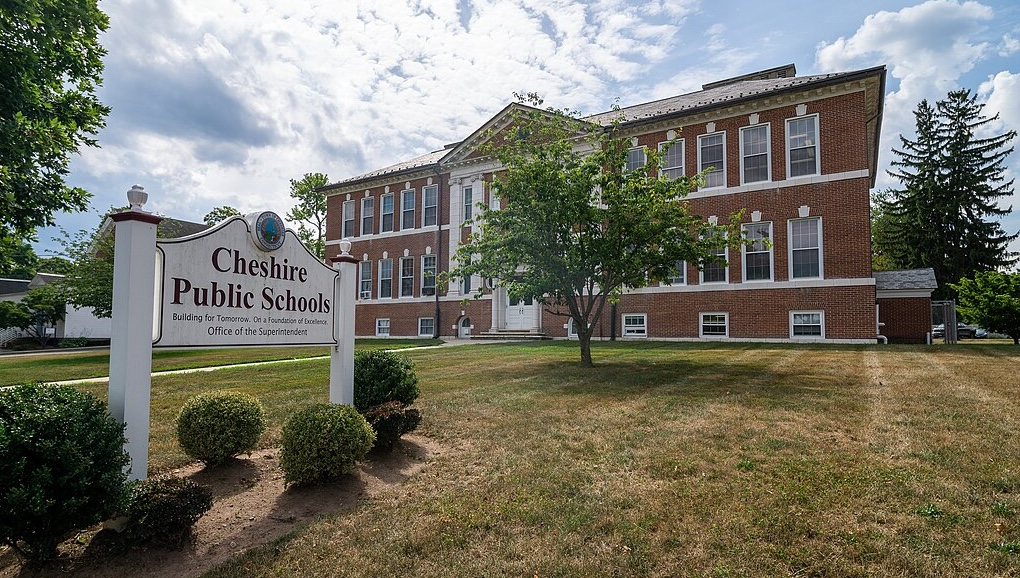
The History of Public Schools in the United States
Public education has long been considered one of the bedrocks of American democracy.

Decision Making in World History Lesson: The Spanish Armada
One of the most dramatic events in world history was the Spanish Armada in 1588, changing the direction of English, Spanish, European, and American history.
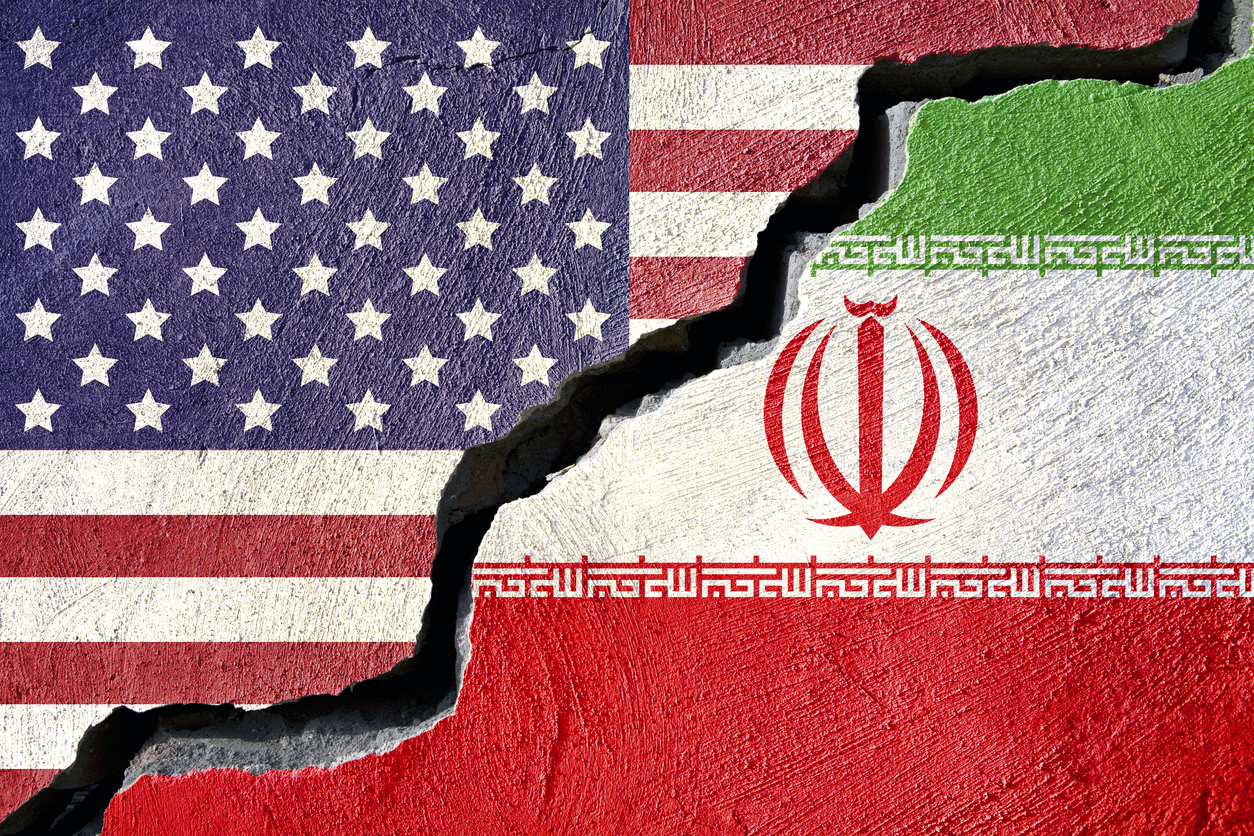
Decision Making in United States History: Operation Ajax
Think of a time when you said to yourself, “Ugh! That was a mistake,” or “How could I have done that?” or “I should have thought that through!” We have all made decisions that we came to regret, some small and some, unfortunately, very significant.
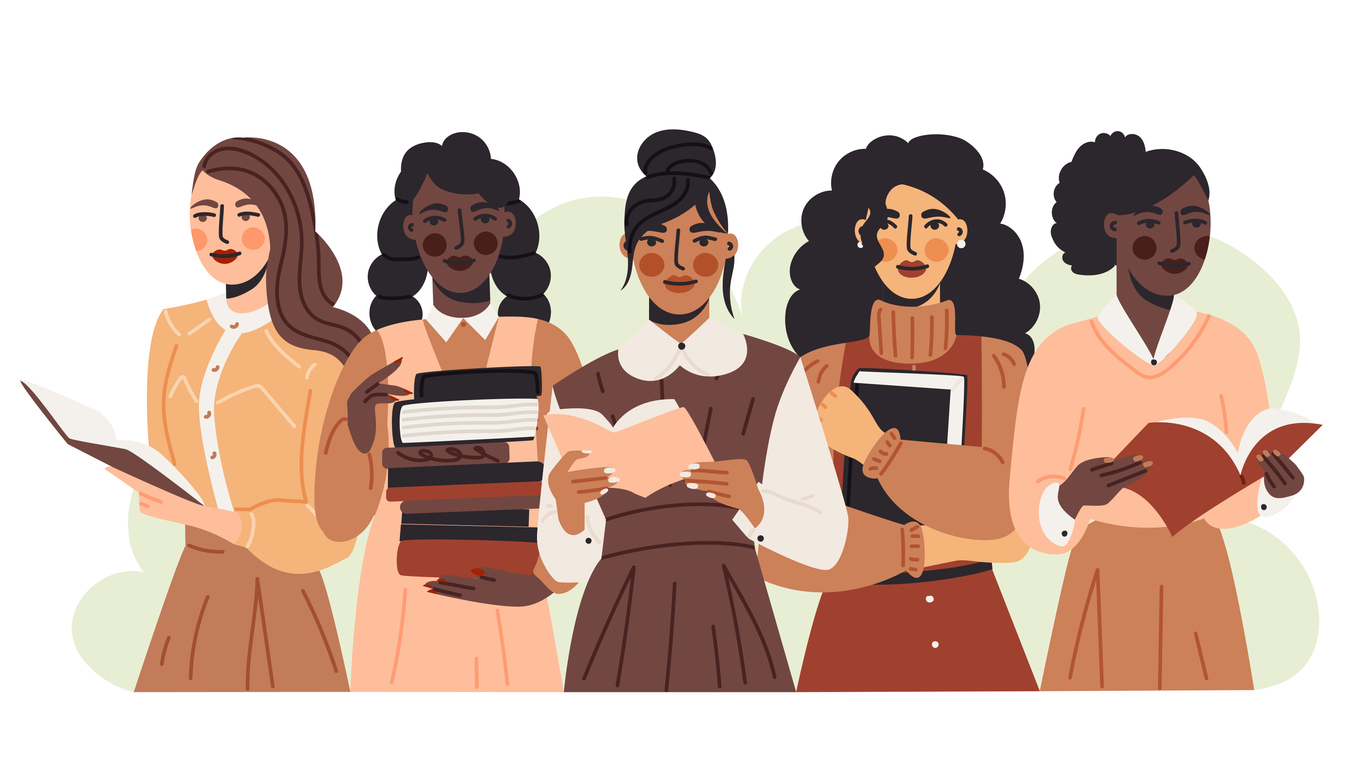
5 Influential Women in History Who Were Movers and Shakers in Education
Education has always been a powerful tool for empowerment and social change, and throughout history, and educators and social activists have played pivotal roles in shaping opportunities for future generations.
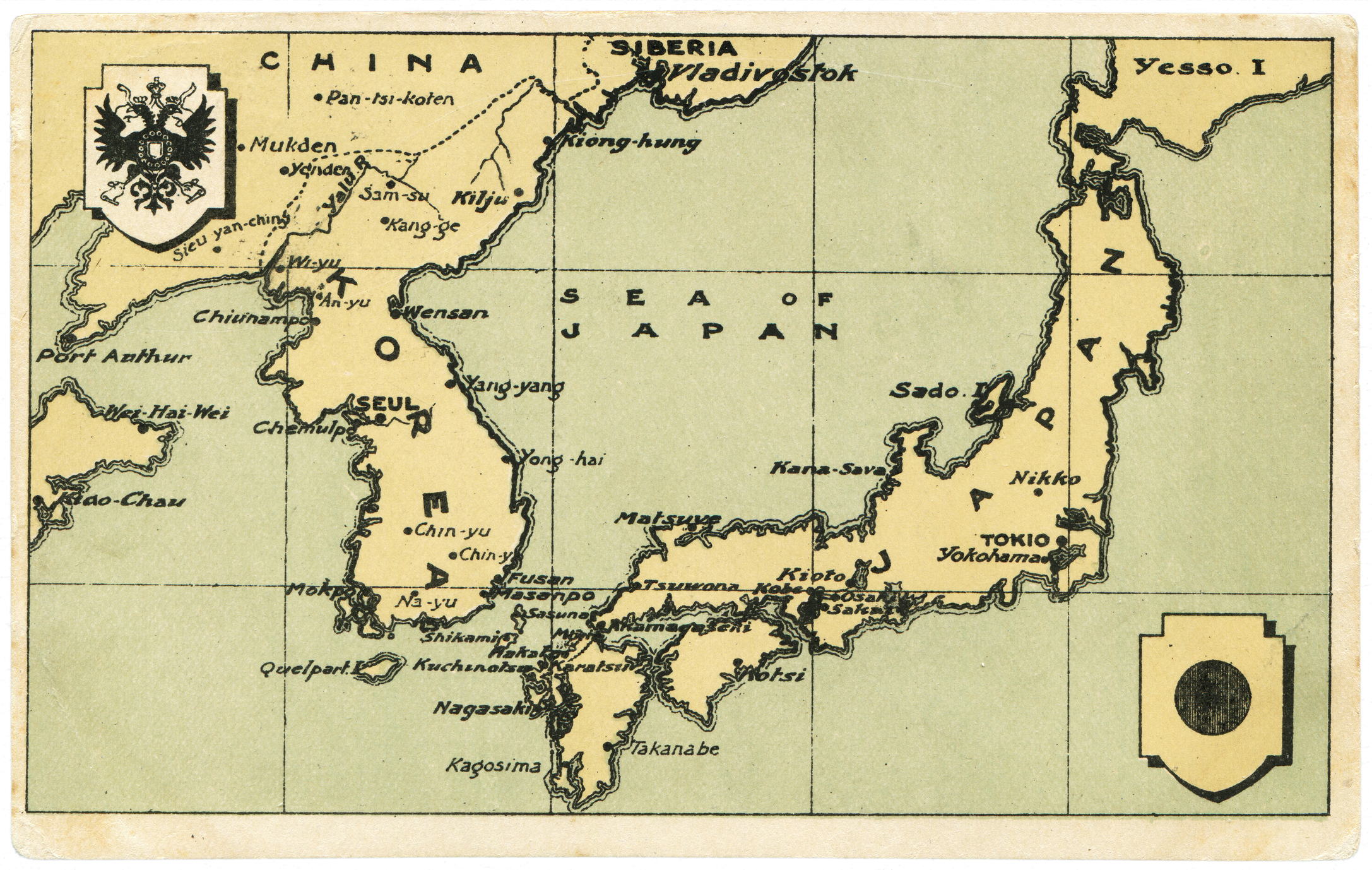
Decision-Making World History Lesson: The Opening of Japan in 1853
Social studies teachers are constantly looking for ways to engage students in the learning process.
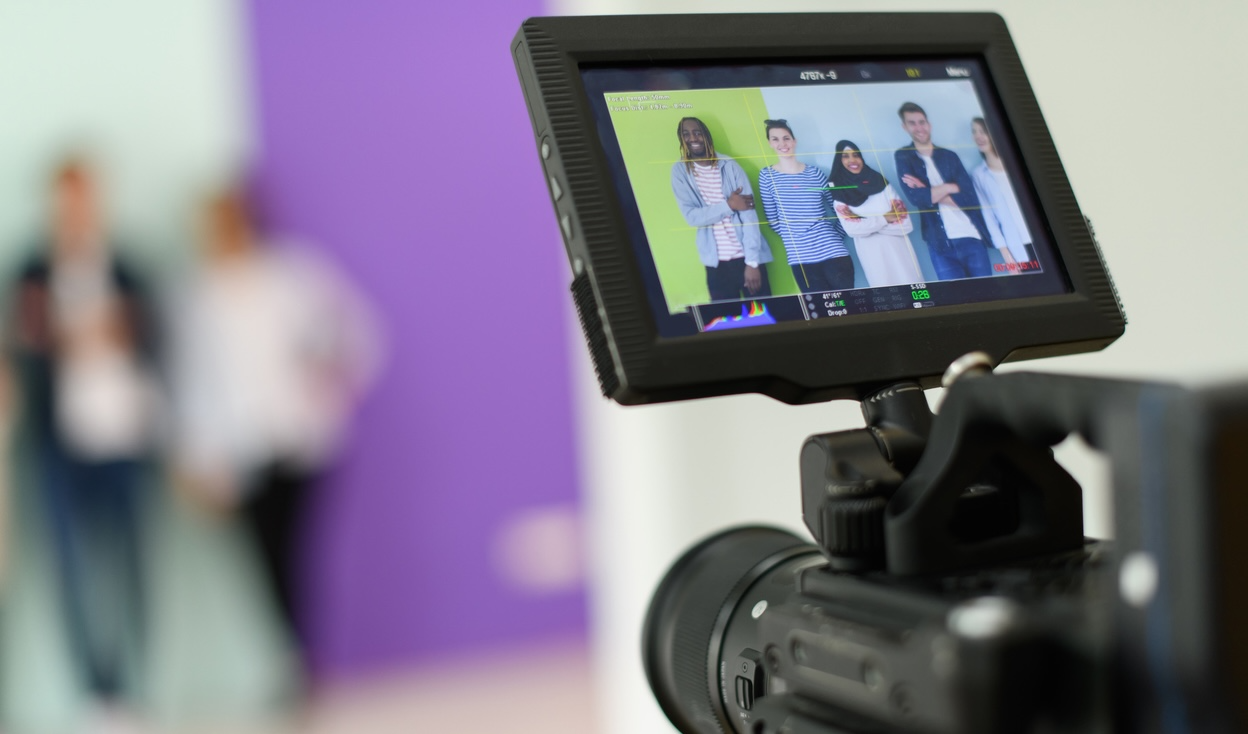
Hearing History from Those Who Lived It: Collecting Oral Histories in the Classroom
In the wake of the COVID-19 pandemic and other historical events, social studies teachers have a unique opportunity to inspire students to create their part of historical record.

Unique Electorate and Presidential Facts to Explore in the Classroom
This past election day, Donald Trump was elected the 47th president of the United States.
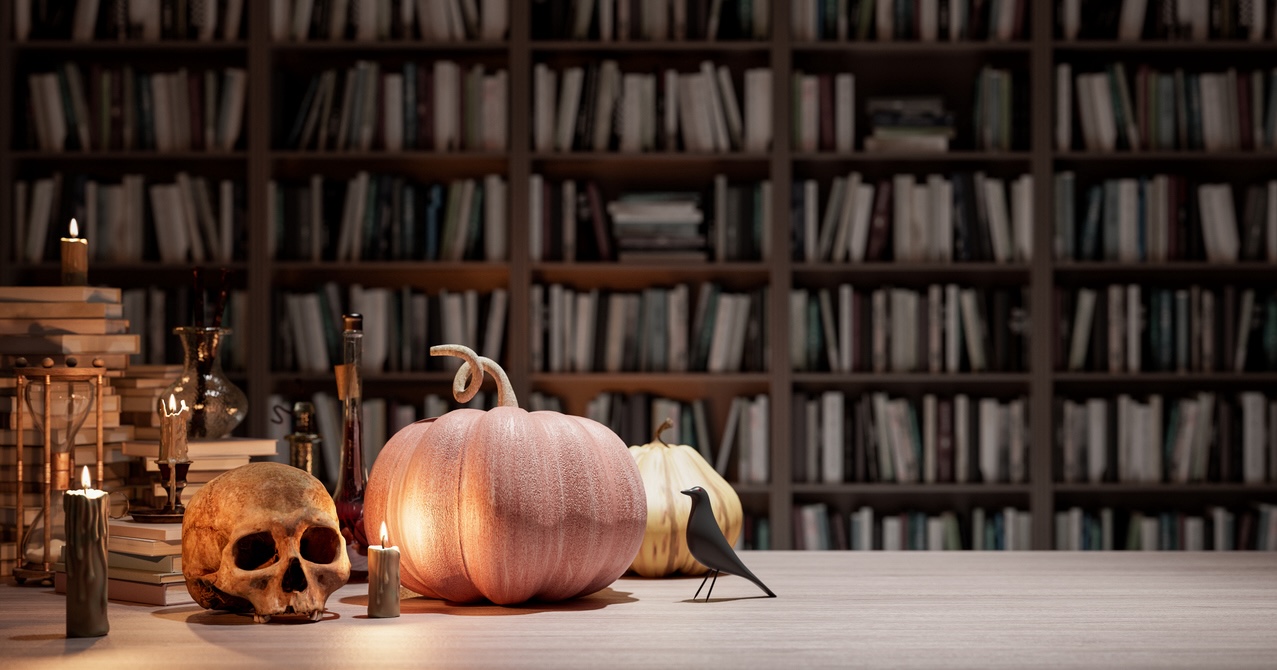
Historical Halloween Facts to Incorporate in the Elementary Classroom
Halloween is a time of costumes, candy, and spooky decorations, but its origins and history are rich with fascinating facts that can enhance students’ understanding of this beloved holiday.